1873 Selvedge Denim Jeans Online Class - Begins April 9
Learn to draft, fit, and tailor your own custom pair of jeans based on originals from the 1870s.
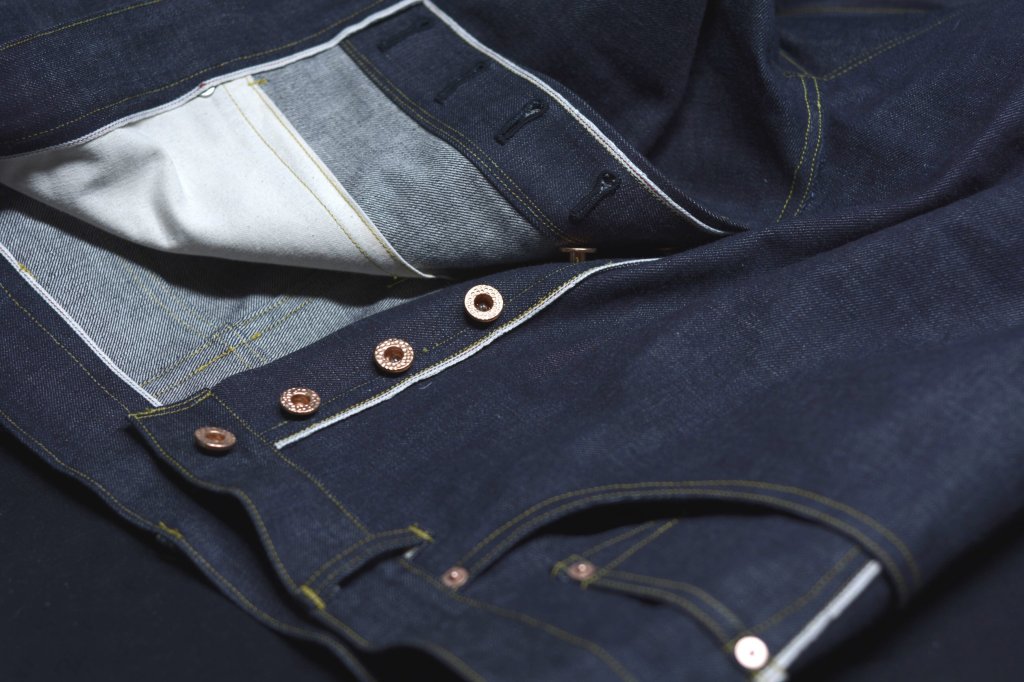
Learn to draft, fit, and tailor your own custom pair of jeans based on originals from the 1870s.
I’m planning my latest historical tailoring class on sewing a pair of selvedge denim jeans based on originals from the 1870s with variations for more modern jeans. The class will teach you step by step how to make your own pair of jeans for men (and women if there’s interest). The class will last 10 weeks with material being released every two weeks - you’ll have lifetime access when you sign up.
The class will be priced at $150, but save $100 when you pre-register through April 30. Pre-registering helps me know there is a market for the course and offsets some of the production costs involved. In return, your feed back and questions help determine the course content.
The jeans in the class are based on an original pair from 1873, and feature a one piece button fly, riveted back pockets, single-needle construction so no need for fancy machinery, front and watch pockets, hand sewn buttons, back adjustment belt, doughnut buttons and rivets at all the stress points for durability. I’ll also be showing a few modern variations as well along the way such as belt loops for those who would prefer to make a more modern garment for everyday wear.
The only machinery you’ll need is a good solid sewing machine to get through the thicker seam junctions - an old Singer usually does the job. Other supplies are listed below and I’ll provide sources for the denim fabric, rivets, buttons, and other little tools.
An intermediate sewing ability is required - while not too technically challenging, you should know how to use a sewing machine and have some sewing dexterity in your hands. The class is entirely at your own pace, so if you can’t start right away or need to work more slowly that is perfectly fine.
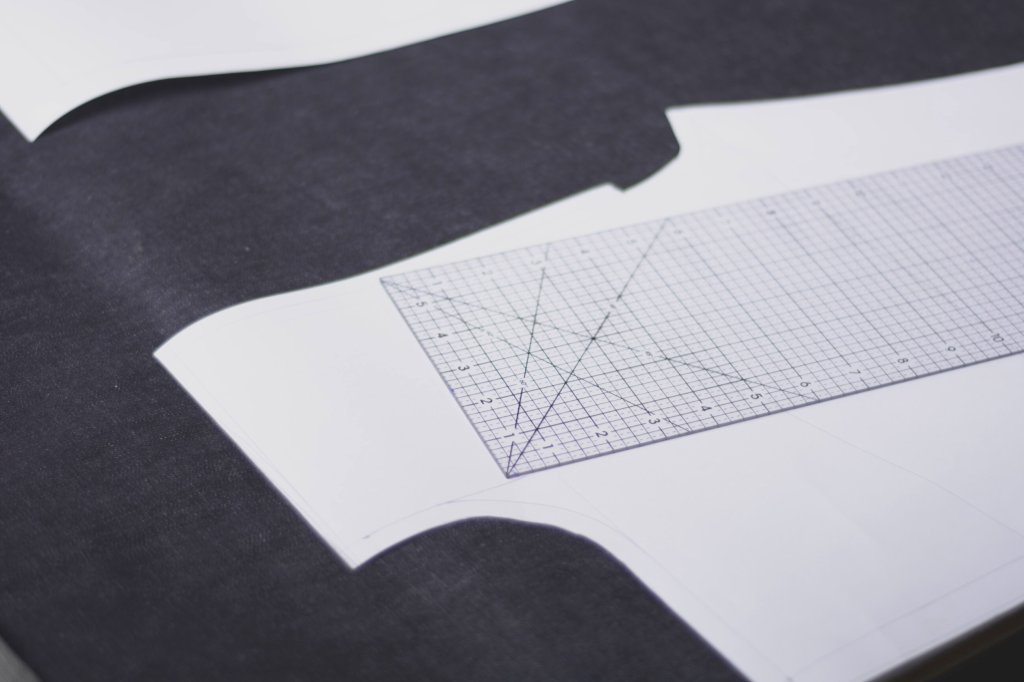
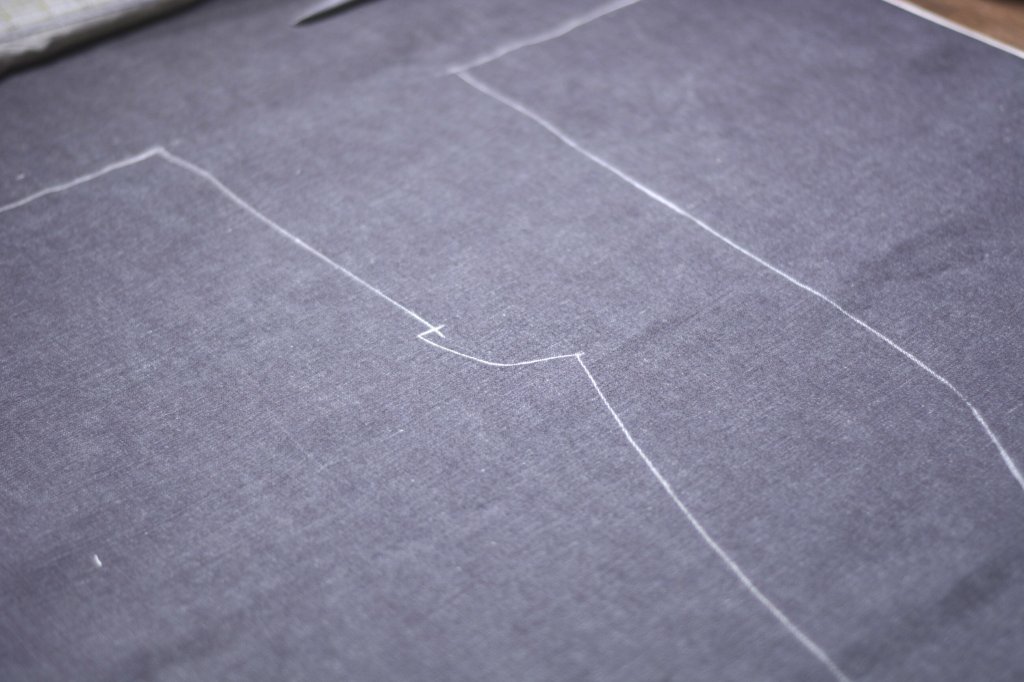
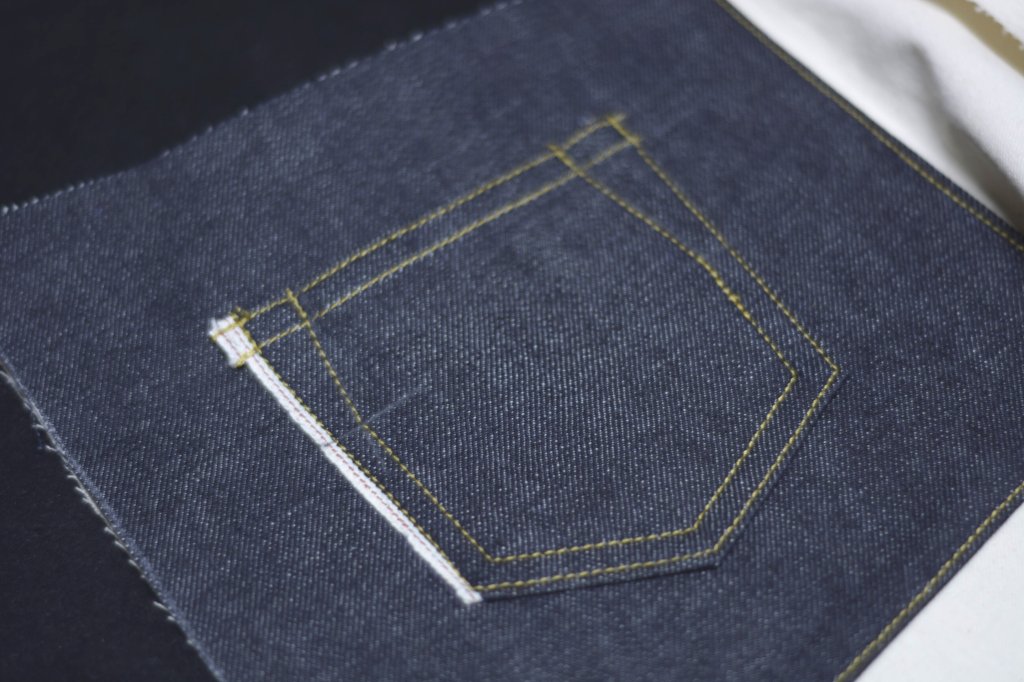
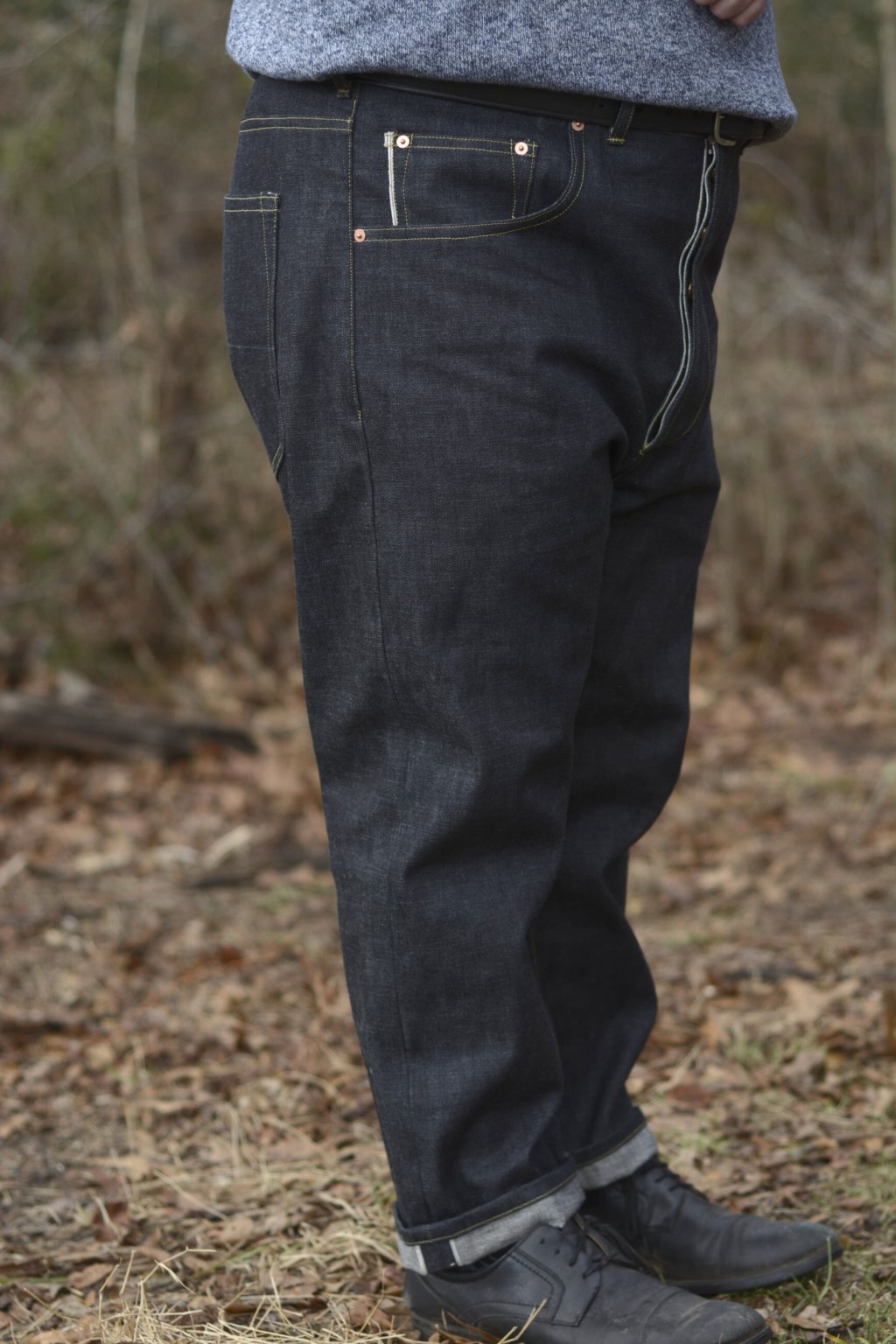
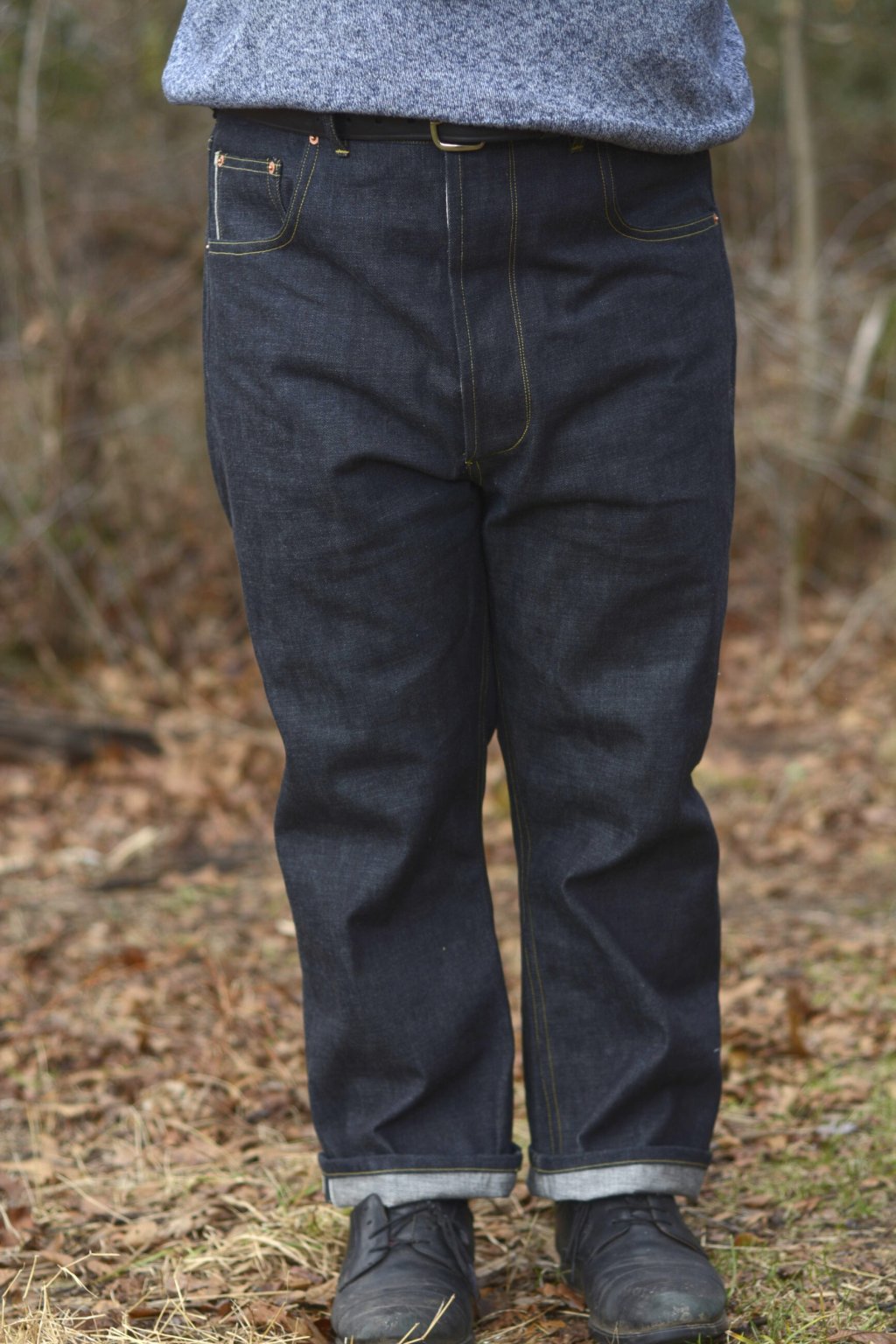
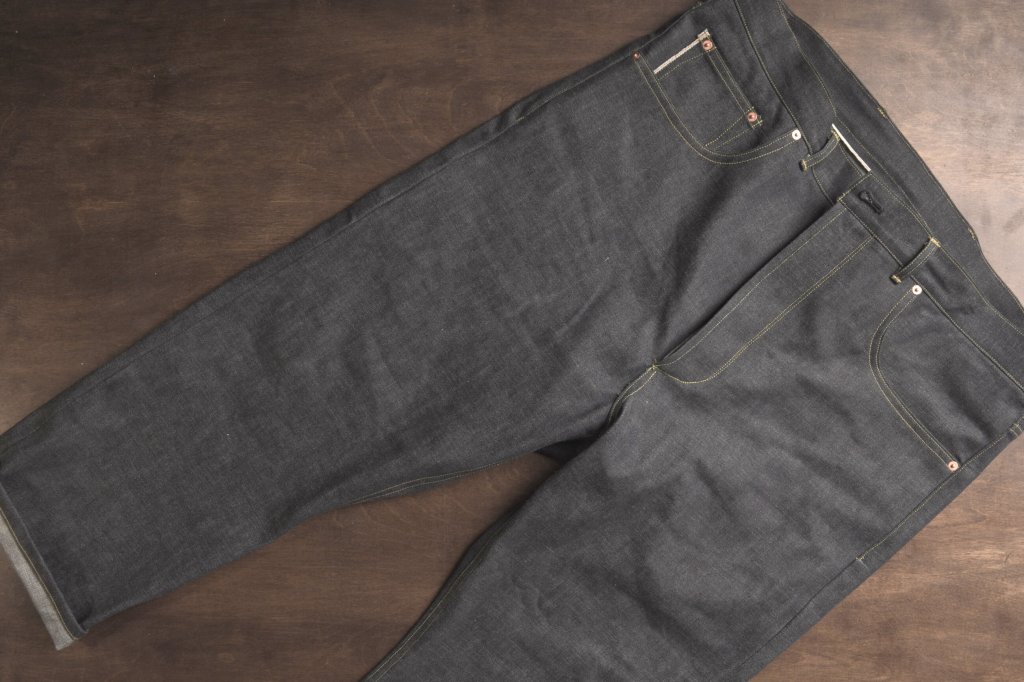
James Williams has been historical tailoring professionally for over 16 years, having gotten his start in American Civil War reenacting and wanting to learn to make his own clothing. He began teaching the craft in 2011 and since then has helped hundreds of people to improve their skills in historical tailoring. In 2020, James was honored to write a feature article for Threads Magazine on buttonhole making.
James also enjoys cooking, hiking, gardening, hand tool woodworking, and playing classical music (he may have too many hobbies!).
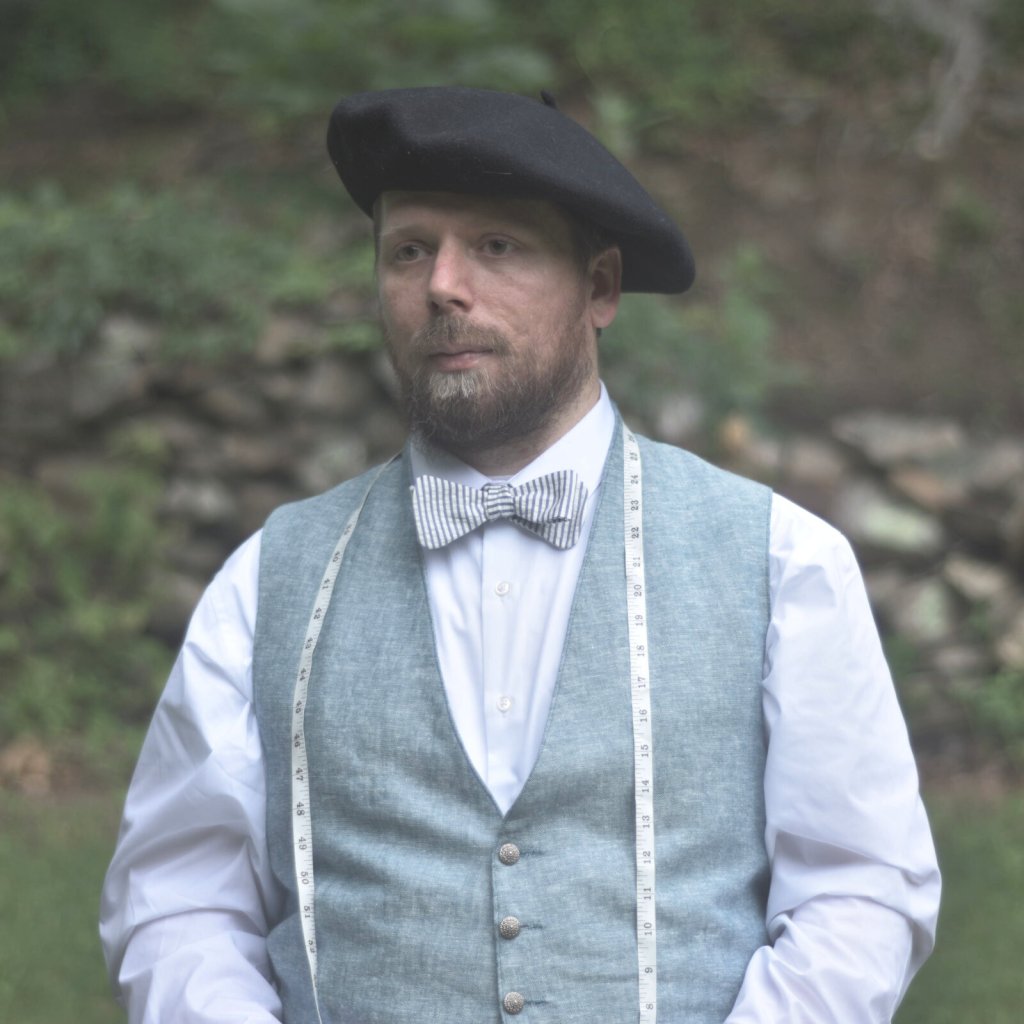
The following material is covered in this five-part class, both in written form with photographs, and with high-definition video:
Take your measurements and apply them to your own custom jeans pattern using step-by-step instructions. Custom digital patterns are also available free with your registration, if you prefer not to draft your own (one per customer). Then fit your pattern with a toile to get perfectly fitted jeans.
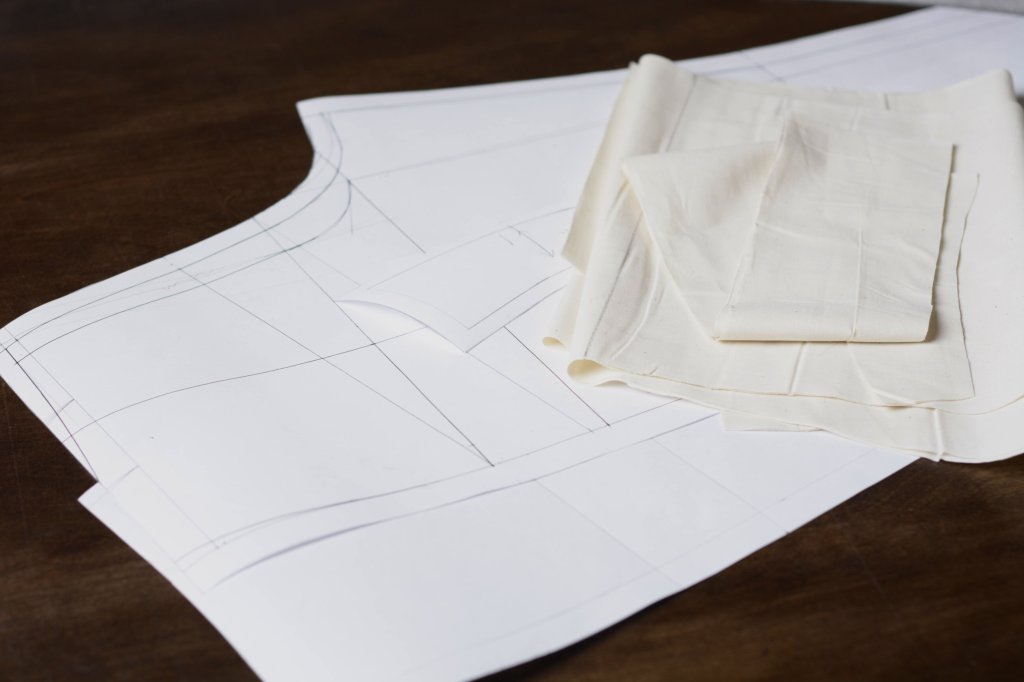
Sew the back yokes together, attach your back pockets with optional hidden rivets, and sew the back legs together.
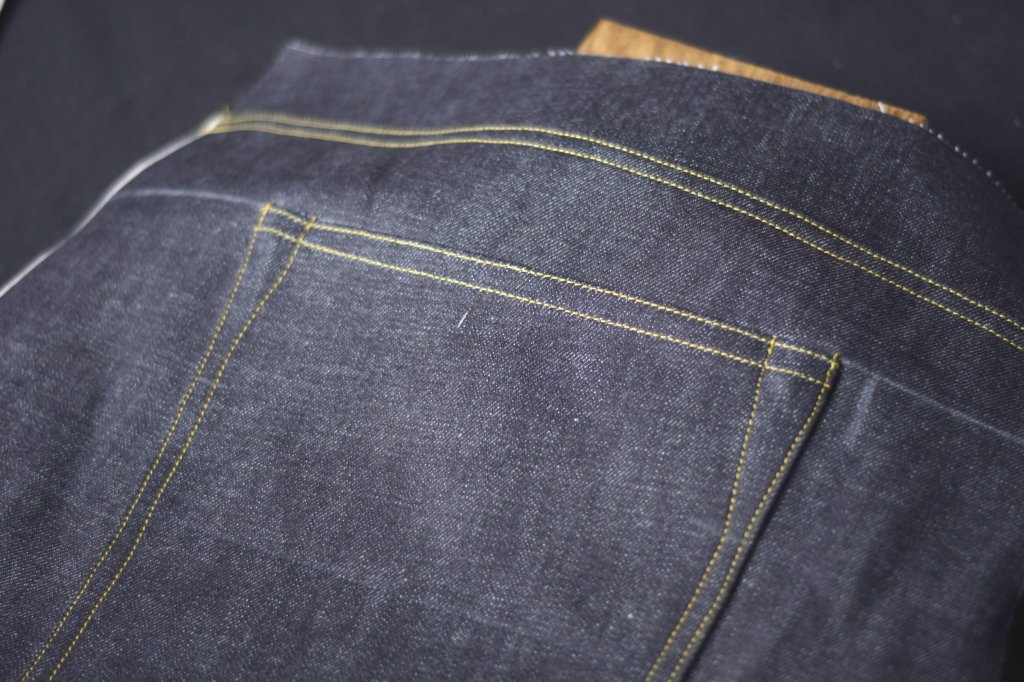
Learn how to lay out the front pockets in a visually pleasing way and then construct the watch pocket and the front pockets.
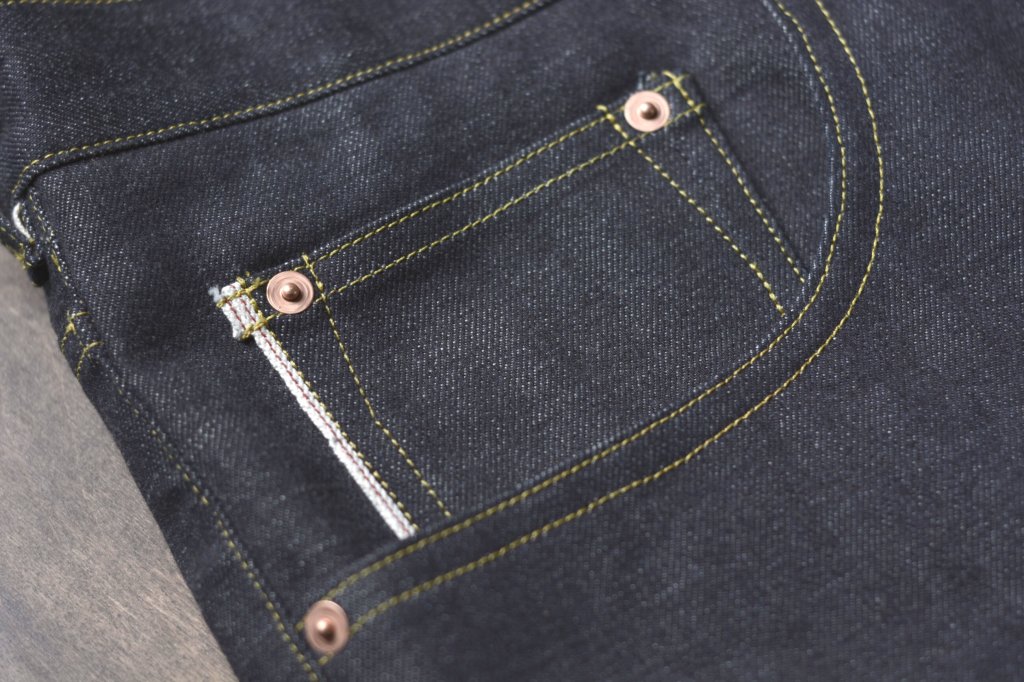
In this module, the jeans start to really come together with the construction of the one piece fly. This superior method of construction gives a much stronger finished pair of jeans. Finish the fly with hand sewn buttonholes.
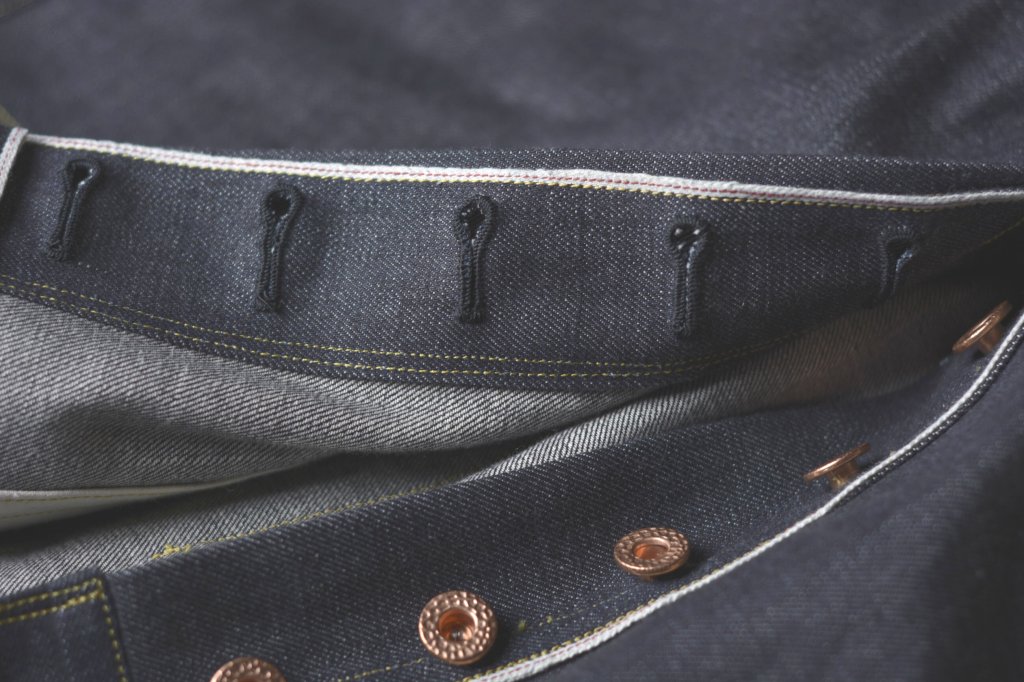
Finish up your pair of jeans in this module by closing up the legs with felled seams. Sew on the waistband along with an adjustment belt in the back as per originals. Instructions on belt loops for more modern pairs will also be given.
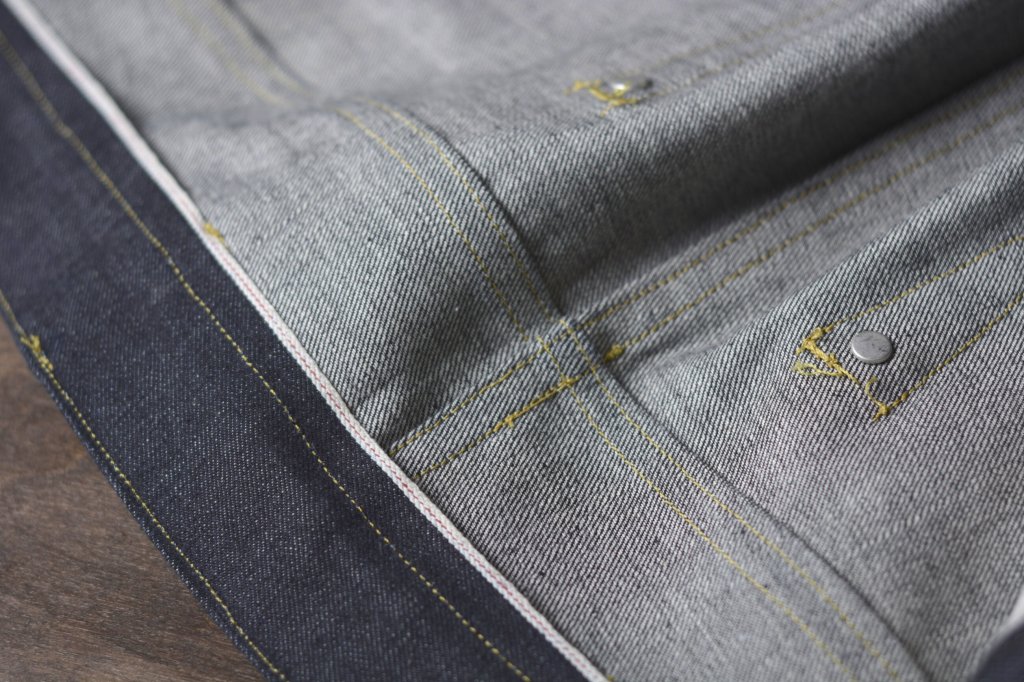
Here are a list of supplies you’ll need for your jeans. I’ll be sharing sources before we get started so you have time to acquire everything. The biggest thing is having a good, strong sewing machine to get through the heaviest of the seams. Old Singer sewing machines work well, though it’ll still be a bit of a struggle.
Strong sewing machine, an old Singer or industrial type machine
Jeans needles
Seam jumper for the bulky seams
Paper for drafting
Quilting ruler
Tape measure
Pencil
Cotton muslin for fitting
4 yards selvedge denim (purchase on your own or we can do a group buy for the reproduction denim from Japan)
Cotton jeans thread
Cotton twill pocketing
Rivets and setting tool (have a source for these)
Doughnut buttons and setting tool
Buckle for adjustment belt
Optional leather for reinforcing buttons and rivets
Optional ½” leather punch
Optional 3/16” leather punch
Iron (household iron works fine)
When you register for a class at Historical Tailoring Masterclasses you are fully protected by our 100% satisfaction guarantee. If you don’t feel like you’ve received value or you decide you want to cancel any time within the next 30 days, just let us know and you'll be sent a prompt refund.